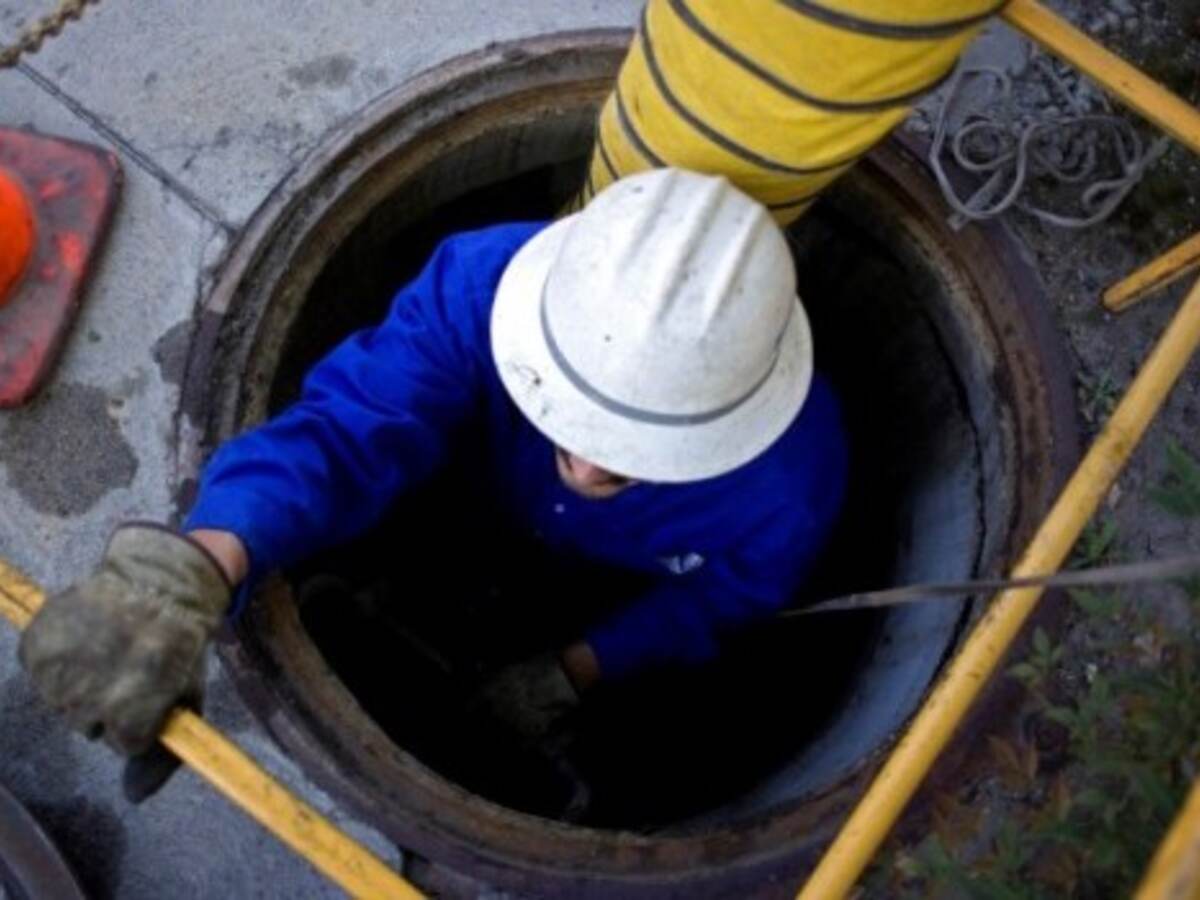September 29, 2015
Since 1993, the U.S. Occupational Safety and Health Administration (OSHA) has enforced a confined spaces standard for general industry, mandating procedures and requirements for working in an area not intended for continuous occupancy with limited means of entry and exit. Citing the complexity and continually evolving state of construction sites, OSHA has issued a new standard for confined spaces in construction. Among the many changes, the new rule applies to all employers who perform construction activities in a confined space, so safety managers in all industries need to become familiar with the standard.
Because construction workers often operate in confined spaces — such as manholes, crawl spaces and sewers — they are at greater risk for exposure to potential electric, engulfment and atmospheric hazards. The new standard accounts for construction-specific characteristics and advancements in construction technology and equipment. It officially went into effect on Aug. 3, 2015, and full enforcement of the new standard will begin on Oct. 2, 2015. During this 60-day period, employers are expected to make efforts to comply with the new mandate and train employees.
Overall, the construction confined spaces standard is more prescriptive than the general industry rule. While there are many differences between the two standards, below are five key changes that all safety managers must know:
1. Increased coordination at multi-employer worksites.
The new rule contains more detailed provisions for greater collaboration among various employers at a worksite to help ensure hazards are not introduced into a confined space by workers performing tasks outside the space. For example, if a “host employer” — the employer that owns or manages the property where the construction work is taking place — places a generator near the entrance of a confined space, it could cause a buildup of carbon monoxide within the space and present a risk to employees of the “controlling contractor” — the employer with overall responsibility for construction at the worksite.
2. “Competent person” must evaluate worksite.
In the standard, OSHA defines a competent person as someone capable of identifying hazards in the workplace with the authority to correct them immediately. This individual is responsible for evaluating the worksite prior to and throughout construction to identify confined spaces and potential risks.
3. Continuous atmospheric monitoring, whenever possible.
The atmosphere within a confined space must be continuously monitored for chemicals that may be present, unless the employer can show that periodic monitoring is adequate. For example, continuous monitoring is typically not possible when the hazard is a particulate.
4. Continuous monitoring of engulfment hazards.
Threats of engulfment in confined spaces must be tracked on an ongoing basis. For example, when workers are performing construction work in a storm sewer, an upstream storm could cause flash flooding. An electronic sensor or observer posted upstream from the worksite could be used to alert workers at the first sign of a risk.
5. Temporary suspension of a permit when conditions change.
The new rule allows for the temporary suspension of a permit — as an alternative to cancellation of a permit — in the event of changes to the conditions required for confined space entry, or an unexpected evacuation of the space. The confined space must be returned to the conditions listed on the permit before re-entry.
Watch the recording of a webinar, hosted by UL and CNA, to learn more about the new OSHA construction confined space standard, how it differs from the existing general industry standard and how to satisfy the new standard by implementing required education and training of your workforce.
Originally Published by Workplace HR & Safety

